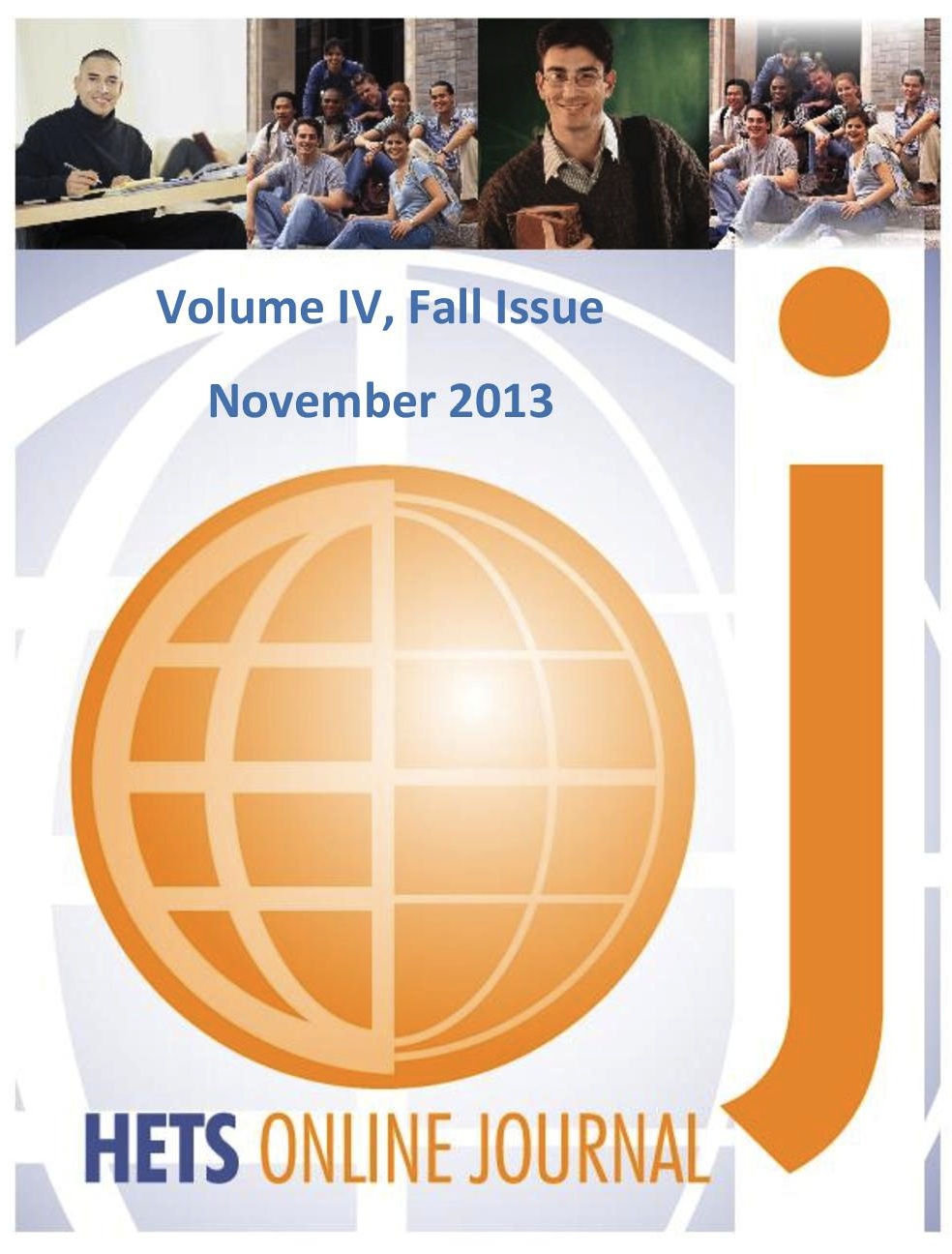Encouraging and Motivating Minority Engineering Students Through Summer Research Initiative
DOI:
https://doi.org/10.55420/2693.9193.v4.n1.146Keywords:
Engineering, Education, Summer Research, Motivating, MinorityAbstract
The 21st Century ushered in a new era of globalization with accelerated rate of technological developments demanding a work force highly trained in STEM (Science, Technology, Engineering and Mathematics) fields. The current US administration has recognized this challenge by making education a priority and focusing particularly on the restoration of America’s leadership in Higher Education with special emphasis on the role played by Community Colleges. We have been charged with preparing a well-trained student population in the STEM fields to meet these challenges and stay competitive in the global markets. Consequently, innovative educational programs must begin at an early stage of students’ education with the theoretical and practical applications needed to become front-runners in this competitive world. There is an imperative to introduce students to a research environment where students can experience career relevance motivating them to continue pursuing these fields. By conducting research through internships with faculty members, students will be empowered to develop skills and will be motivated to succeed within STEM areas. Therefore, the Summer Internship Initiative will narrow the gap between theory and application by making the theory relevant to existing research projects and making the learning process exciting and interactive for students, thus increasing retention in the STEM areas. Hostos Community College of CUNY has partnered with senior colleges in CUNY and the Goddard Institute of Space Studies (“GISS”) in New York City to expand the educational horizon of our students, enabling them to compete and win in global markets. The latter is possible through collaborative research initiatives that develop and improve critical thinking and creativity skills, hands-on, team oriented, and interdisciplinary learning via collaborative research projects.
Metrics
References
wikipedia. (2010). Retrieved from wikipedia.org: http://en.wikipedia.org/wiki/Motivation
Assessment, C. O. (Fall 2012). Total Enrollment by Race/Ethnicity, Gender and College: Percentages. Retrieved from http://www.cuny.edu/irdatabook/rpts2_AY_current/ENRL_0031_RACE_GEN_TOT_PC T.rpt.pdf
Bailey, T., & Alfonso, M. (2005). Path to persistence: Analysis of research on programs effectiveness at community college. (L. F. education, Ed.) New agenda series, 6(1). Retrieved from http://www.eric.ed.gov/PDFS/ED484239.pdf
Banks, J. (1988). Ethnicity, class, cognitive, and motivational styles in the college classroom. (N. Heights, Ed.) ASHE Reader Series.
Engle, J., & Tinto, V. (2008). Moving beyond access: College success for low-income, first generation students. Pell Institue for the Study of Opportunity in Higher Education. Retrieved from http://www.eric.ed.gov/PDFS/ED504448.pdf
McKeachie, W. (1994). Teaching tips: A guidebook for the beginning college teacher (9th ed.). Lexington, MA: Heath.
Ormrod, J. E. (2003). Educational Psychology: Developing Learners. Merrill Prentice Hall.
Susan, M., & Linda, N. (1998). Student learning styles and their implications for teaching. Center for research on Learning and Teaching (Occasional Papers)(10).
Tiberius, R. (1986). Metaphors underlying the improvement of teaching and learning. British Journal of Educational Technology, 17(2), pp. 144-156.
Downloads
Published
How to Cite
Issue
Section
License
Copyright (c) 2013 Nieves Angulo, Prince Tanvir

This work is licensed under a Creative Commons Attribution-NonCommercial-ShareAlike 4.0 International License.
Open Access Policy Statement
HETS Online Journal has adopted an open access policy and provides immediate access to its content free of charge to the reader. The journal does not pass on the cost of publication or submission of manuscripts, known as an Article Processing Charge (APC), to authors.
HOJ is licensed under CC-BY-NC-SA.


